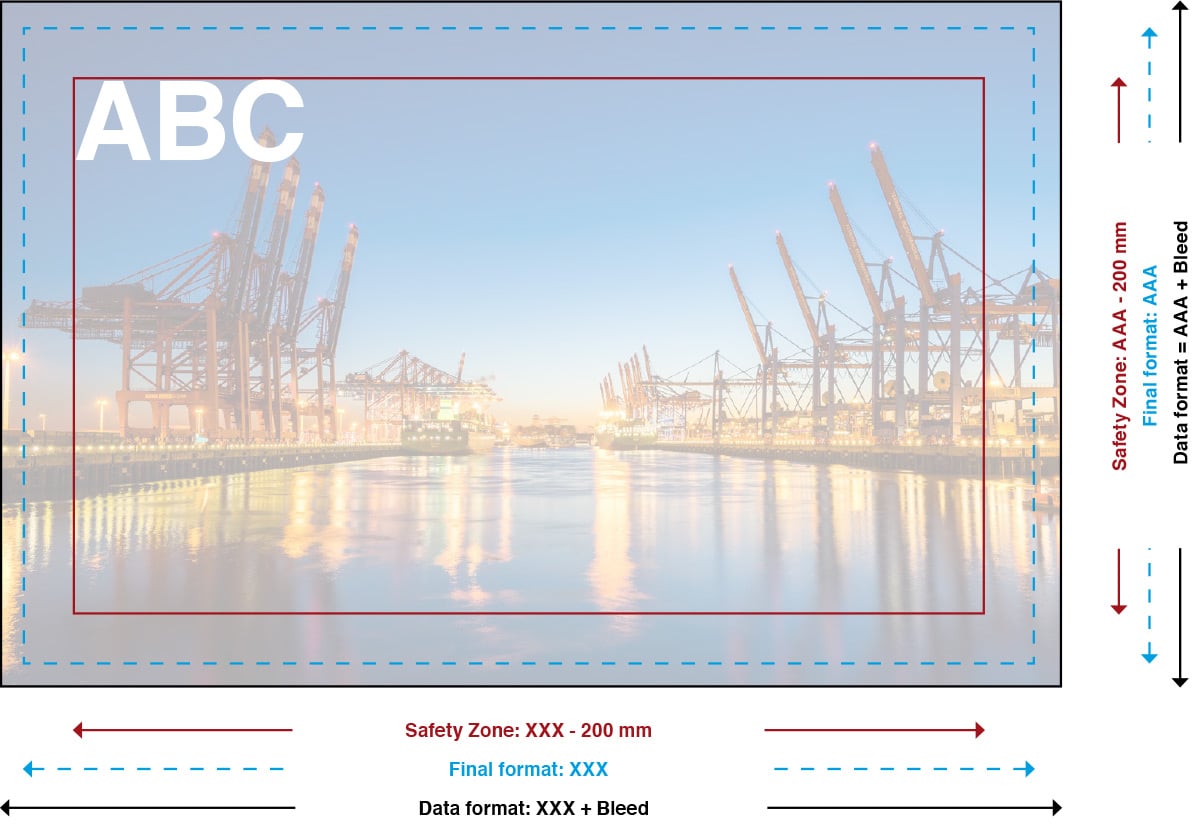PRINT DATA CREATION
In order to get an optimal print, some points should be considered when choosing the motif and creating the print data.
Resolution
Print resolution (measured in dpi) is an essential quality aspect. It indicates the dot density in image reproduction. The abbreviation dpi stands for dots per inch. The higher the resolution, the better the print result is perceived.
For your textile print we need a resolution of at least 62 dpi. In paper printing, the required resolution is between 150 and 600 dpi, depending on the end product.
On image agency websites, such as Adobe Stock, Shutterstock or Getty Images, you will see the resolution in pixels. Use the following formula to calculate the print resolution:

Be sure to use the data format instead of the final format to calculate the resolution.
Example A:
You want to cover a frame in the final format 1800 x 1200 mm. The desired file has the specifications 9000 x 6065 pixels.
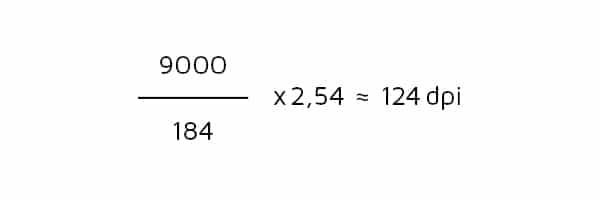
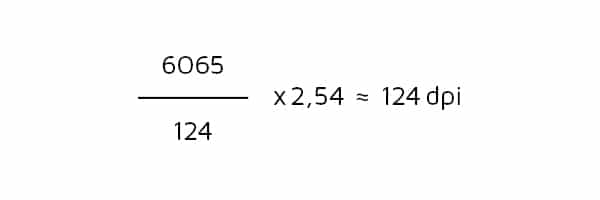
The desired file is suitable for textile printing.
.Example B:
You want to cover a frame in the final format 3600 x 2400 mm. The desired file has the specifications 6240 x 4183 pixels.

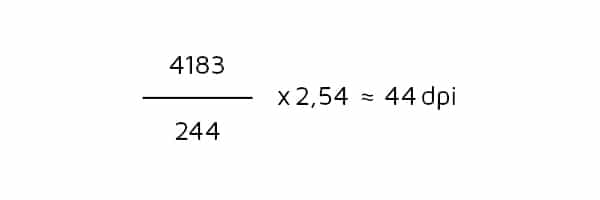
The requested file is notsuitable for textile printing.
.To narrow down the results of an image database, you can often filter by minimum size. Feel free to use our pixel calculator to calculate this.

Color Mode
Unlike colored light (RGB), printing uses the colors cyan, magenta, yellow and black (CMYK) for mixing. This is referred to as subtractive color mixing. To give your textile print the desired overall optical impression, the file should be created in CMYK color mode. Files in RGB color mode are automatically converted by us to CMYK, which may cause color deviations.
On request and by arrangement, we can gladly color match your print according to RAL or Pantone. Please feel free to contact us about this.
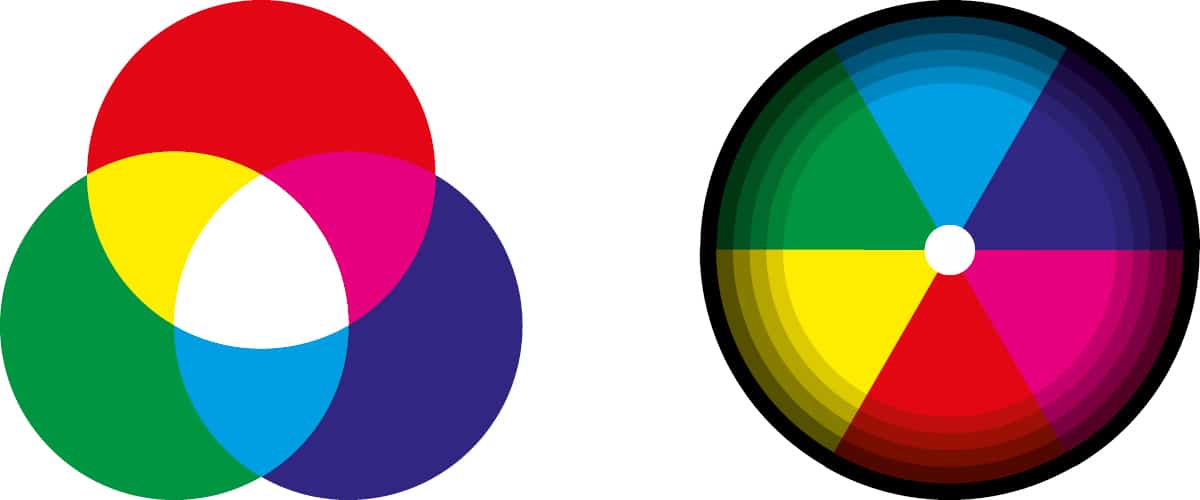
Bleed
Around the later visible area of the final format is the bleed. In textile printing, we use a circumferential allowance to ensure that there is no unwanted white flash. In finishing, the bleed is also used to sew on the rubber welt, which disappears into the welt groove of the frame during assembly. Background images, colors, gradients and graphics should definitely be placed all the way to the edge of the data format.
Depending on the printing process, a different bleed allowance is required:
General bleed
For most printing processes, a circumferential allowance of 20 mm must be added all around.
Example: For a final frame format of 2000 x 1000 mm add a allowance of 20 mm to the right, left, top and bottom. The data format must be 2040 x 1040 mm.
Bleed for UV printing
The UV printing process is used when both width and height are greater than 300 cm. For consistent color representation, smaller formats can also be produced in combination. For UV printing, a 1% bleed allowance (but at least 20 mm) must be added all around.
Example: For a final frame format of 4000 x 3100 mm add a allowance of 40 mm to the right and left moreover 31 mm to the top and bottom. The data format must be 4080 x 3162 mm.

Safety Zone
During further processing of the print, but also due to the stretch behavior of the fabric, smaller tolerances may occur. To ensure that all important elements (especially text) are clearly visible, they should be placed at least 100 mm from the edge.
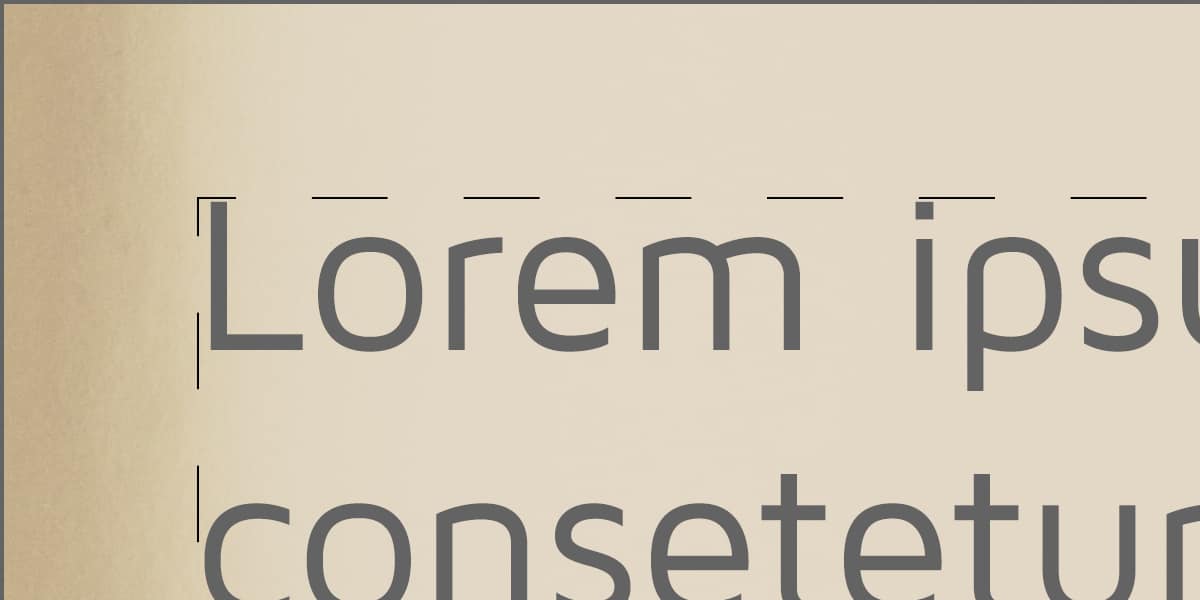
Fonts
Numerous new fonts are designed every day and made available for (paid) download on the internet. Therefore, we can not guarantee to have just the font you use installed with us. For optimal printing without deviations it is therefore mandatory that fonts are either fully embedded in the PDF file or directly converted to paths.

Data Format
A print file should always be created in PDF format. Ideally, you use PDF/X-4 to create optimal basic conditions for printable data. With this standard, among other things, the use of spot colors and transparencies is possible.
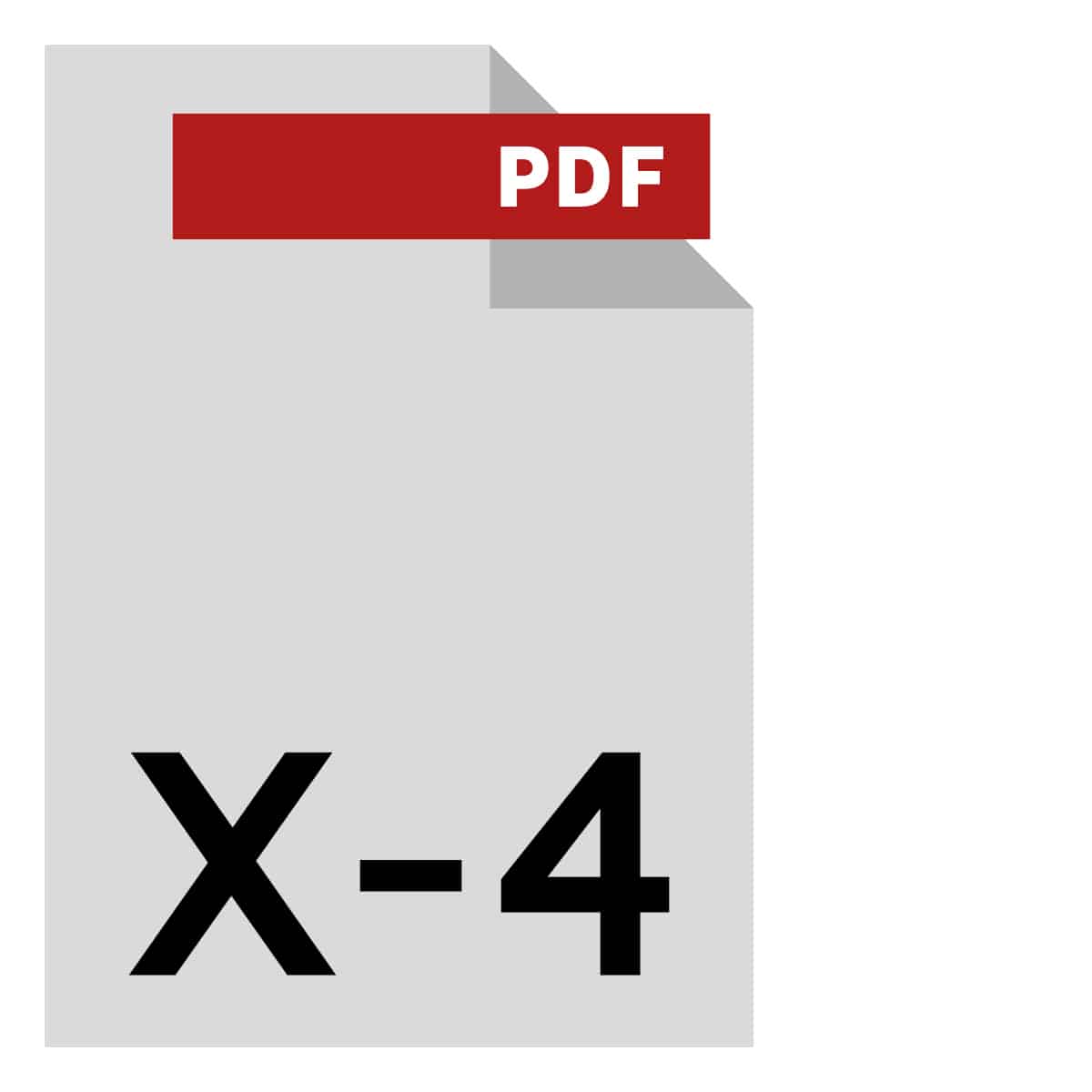
Print Data Manual
